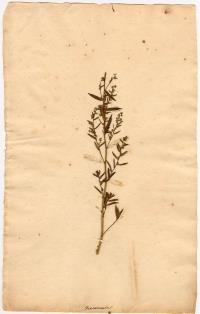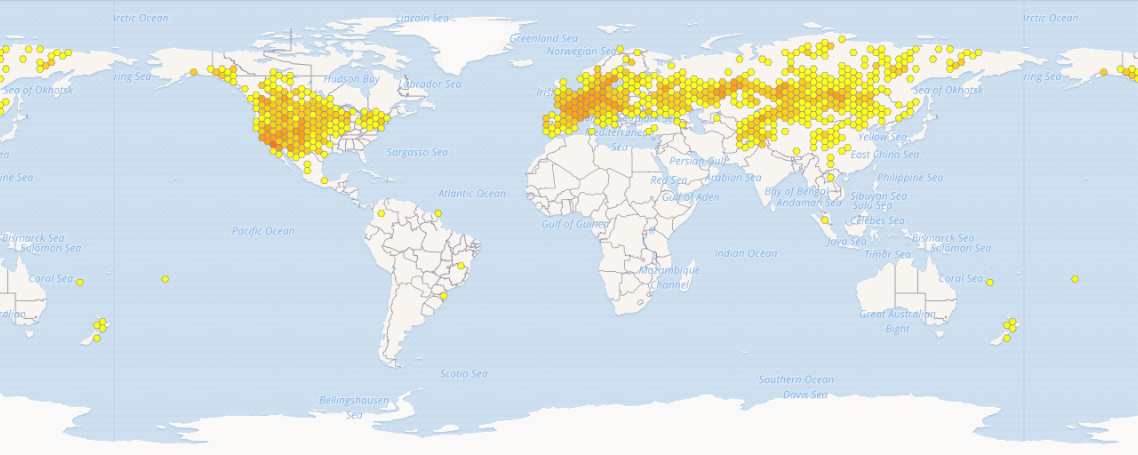<------------------CENTRA ORIZZONTALMENTE---------------- -->
<------------------CENTRA ORIZZONTALMENTE---------------- -->



|
| Scheda completa della pianta |
QUESTA SCHEDA È UNICA E ORIGINALE IN INTERNET aggiornamento del 09/09/2025 DRAGONCELLO Artemisia dracunculus L.

EFFICACIA CONFERMATA DA EVIDENZE SCIENTIFICHE ook |
|
| |||||||||||||||||||||||||||||||||||||||||||||||||||||||||||||||||
|




